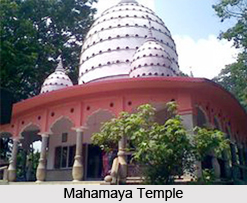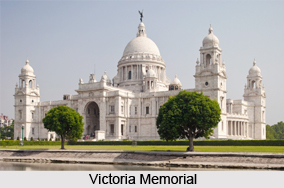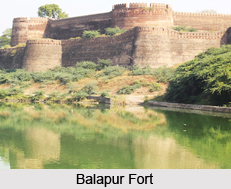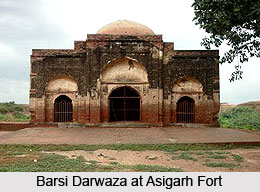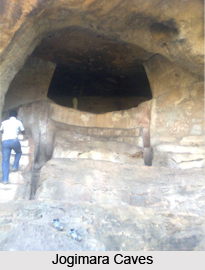 Sanchi Stupa is exclusive in having the most perfect and well-preserved stupas anywhere in India. These monuments record the genesis, efflorescence and decay of Buddhist art and architecture from the 3rd century BC to the 12th century AD, almost covering the whole range of Indian Buddhism. It is located near Bhopal in the state of Madhya Pradesh. The Stupa is a wonderful testimony to the artistic skill of Buddhist monks.
Sanchi Stupa is exclusive in having the most perfect and well-preserved stupas anywhere in India. These monuments record the genesis, efflorescence and decay of Buddhist art and architecture from the 3rd century BC to the 12th century AD, almost covering the whole range of Indian Buddhism. It is located near Bhopal in the state of Madhya Pradesh. The Stupa is a wonderful testimony to the artistic skill of Buddhist monks.
History of Sanchi Stupa
The Great Stupa at Sanchi is one of the oldest stone structures in India and was formerly charged by the King Ashoka in the 3rd century BCE. Its basis was an effortless semi-circular slab construction built over the remnants of the Buddha. The sanchi stupa built throughout Mauryan era was made of bricks. A chatra that is an umbrella like structure made of stone crowned the semi-circular brick construction that was surrounded by a wooden railing. Queen Devi, wife of Ashoka and daughter of a vendor of Vidisha, who was born in Sanchi, controlled the building of this monument. A sandstone pillar, inscribed with Schism Edict by Ashoka as also with elaborate curved Brahmi characters from the Gupta era resembling conch shells referred as "Shankhalipi" or "shell-script" by scholars, was vertically in the site. Whereas the inferior piece of it is still grounded, the upper portions are kept under a covering.
Architecture of Sanchi Stupa
Sanchi Stupa is said to be one of the most categorized structures with the best architectural designs that summon from the medieval era. It is 46 kilometres (29 mi) north-east of Bhopal, capital of Madhya Pradesh. The Sanchi Stupa is a huge semi-circular, dome shaped chamber in which the historical objects of Lord Buddha are kept in quiet calmness. It is a brick construction which dates back to the 3rd century A.D. This chamber is about 16.5 meters tall and 36 meters in length.
The structure and designs portray the love and the nature of the historical period in the growth of the stupa. The entry has as eye-catching architecture, with male and female tree murals carved on it. It is believed that these two spirits depict the human feelings and mental state. Buddhists consider that they are friendly figurines and therefore a good omen to have at the frontage.
Features of Sanchi Stupa
A stupa is a mound-like or semi-circular construction containing relics which is used as a place of meditation. The Sanchi Stupa holds the shrine of one of the Buddhist teachers from one more stupa exterior of Sanchi. The Stupa is 120 feet diagonally, excluding the barrier and umbrella. Most of the Buddha statues and statues at the Sanchi Stupa still have the famous Mauryan polish.
The Stupa of Sanchi symbolized Buddha and ultimately it became a representation of his concluding free from the cycle of birth and renaissance - the Parinirvana or the final vanishing. The three "parasols," set one on top of the other along with the shaft are located in the highest area of Sanchi Stupa. They symbolize a wonderful hierarchy. The four gateways portray scenes from the life of Lord Buddha and Jatakas tales, the stories associated with Buddha and his former births.
